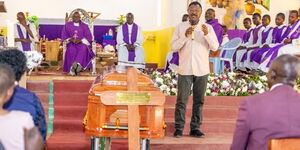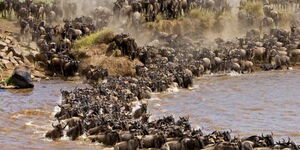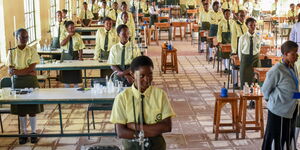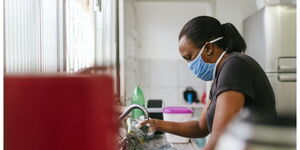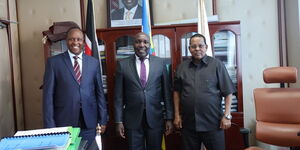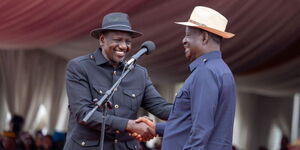Four Kenyans are leading the charge to safeguard fish in the Indian Ocean by planting seagrass in an attempt to restore the depleted fish stocks.
The four men who hail from the coastal island of Wasini are members of Wasini Beach Management Unit (WBMU) and continuously dive into the ocean and facilitate new plantations of seagrass.
The WBMU, whose mandate is to promote healthy fishing practices, revealed that the existing seagrass plantations have been depleted as a result of harmful fishing practices. “Most of the seagrass areas were destroyed in the past due to harmful fishing techniques,” one of their members noted.
The four men took it upon themselves to give new life to the plantations after gaining education on seagrass restoration. “After learning about seagrass restoration through different organizations, we decided to take the initiative on this issue,” he added.
Seagrass plays a crucial role in preserving marine life and also helps to counter climate change through carbon sequestration.
Ahmed Mohamed Abubakar, one of the men engaged in the initiative, says that prior to embarking on the seagrass restoration, they aimed at raising awareness amongst fishermen in an attempt to discourage harmful fishing techniques.
“We decided to first fight against harmful fishing methods through educating and sensitizing the community,” stated Abubakar.
Geoffrey Rono, the Director in charge of Research of Planning of the Coast Developmental Authority reiterated the importance of preserving seagrass in the coastal region.
“The more we address the degradation and rehabilitation the more we are supporting and uplifting the community,” Rono revealed.
Mr. Rono also underscored the importance of promoting the blue economy that the coastal area falls under stating that the global economy is becoming highly dependent on the blue economy.
“Currently the world economy is focused on the blue economy. The blue economy is a promising sector in the economic landscape. So by investing more in efforts such as seagrass restoration, the more we benefit.” he noted.
The latest move by the four men is part of an ongoing project by the Wasini community which was initiated in 2014 to restore seagrass. Since then, they have been able to restore 2.4 acres of seagrass meadows and planted at least 10,000 seagrass seedlings.

